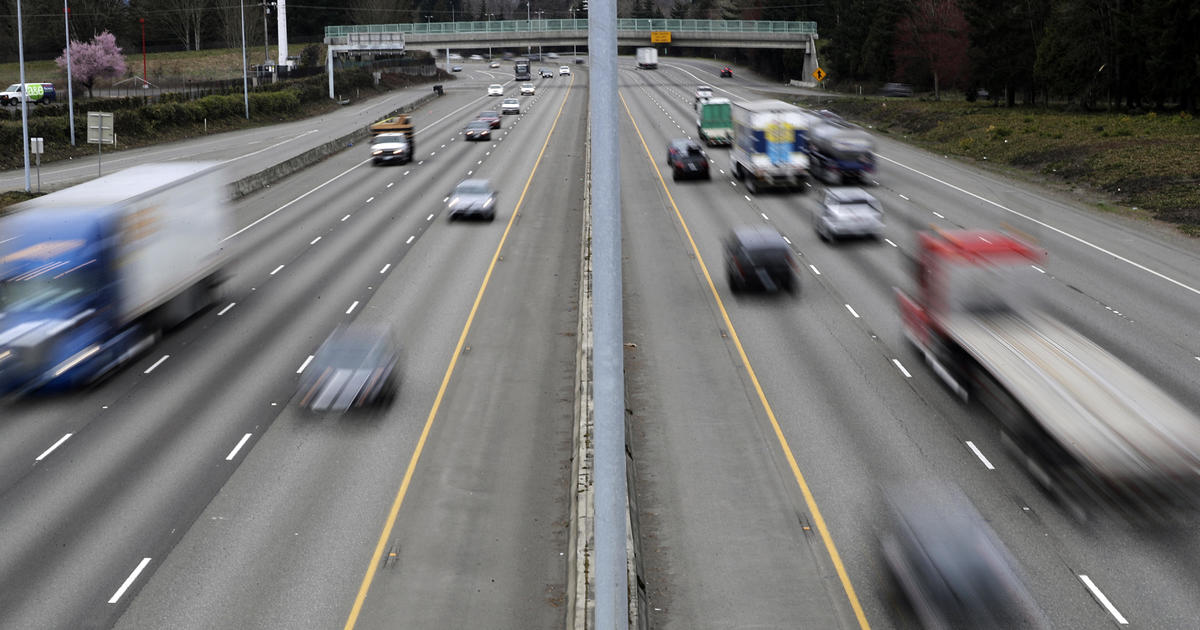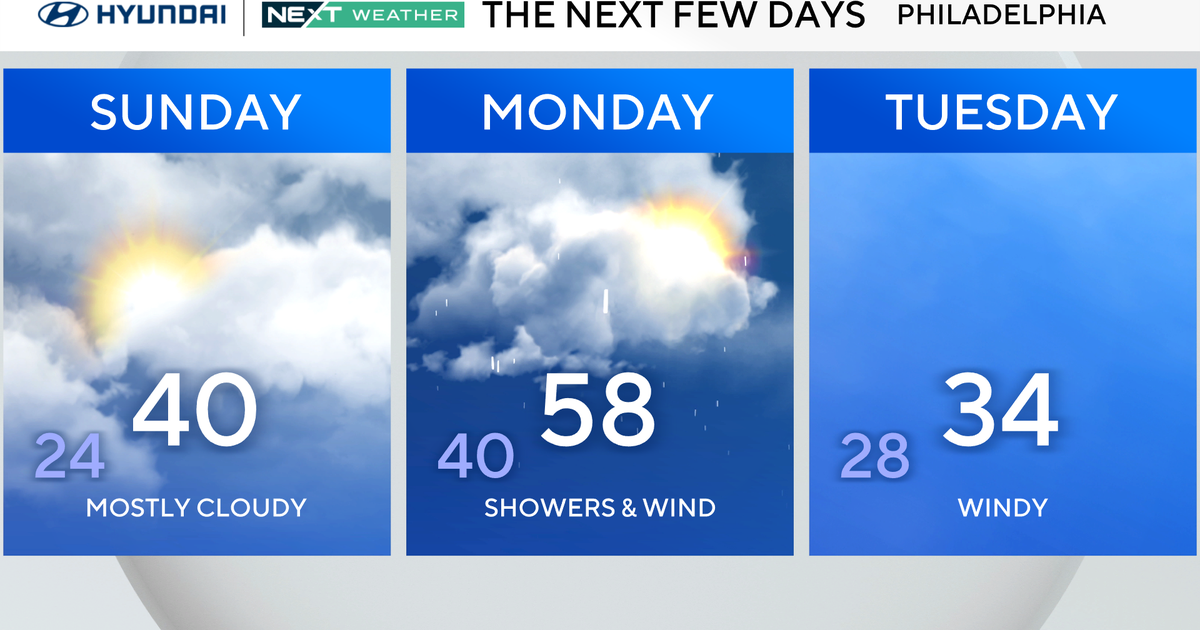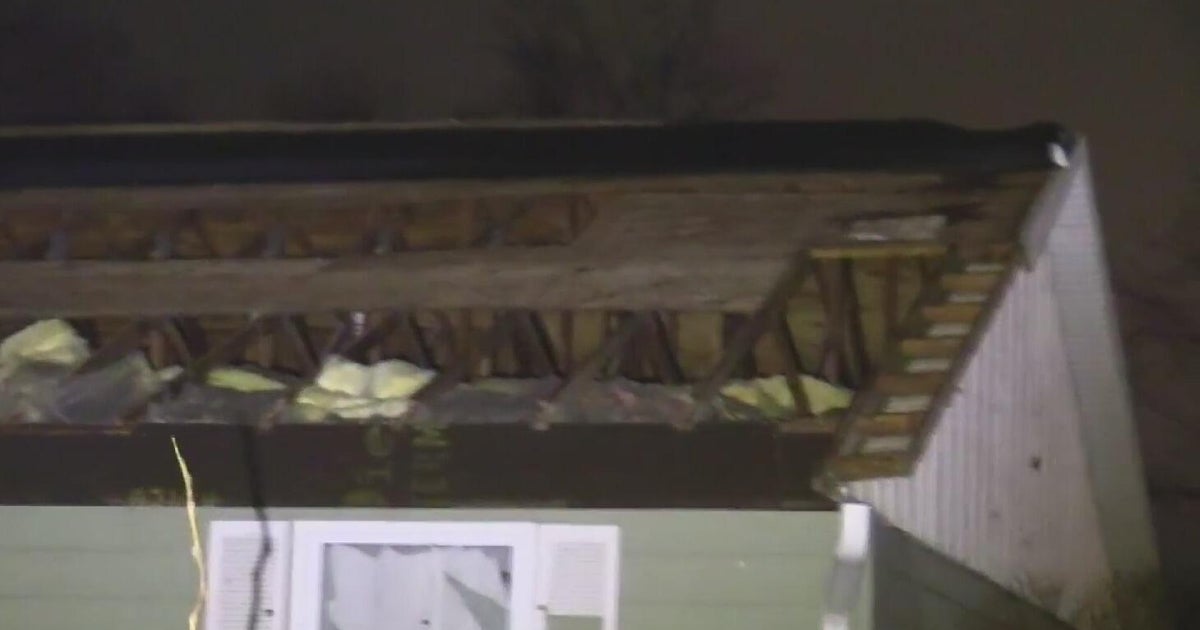How To Start Your Own Travel Blog
Regardless of whether your travel blog is for family and friends or intended for a much broader audience, your blog should have a catchy name. Some examples from leading travel blog sites include the Savvy Backpacker, Expert Vagabond, Nomadic Matt and Travel Dudes. You'll notice that each of these leading sites all have short domain names, consisting of no more than two or three words, and are easy to remember. Each of the names of these sites are registered as a domain name and requires a fee, along with a webhosting fee.
Once you've come up with an idea for a name, you should really consider registering it as a domain name and find a host site. You don't necessarily have to register a domain name, but if you're really serious about creating a travel blog as a possible career then reliable hosting sites can help you with the registration process. On the other hand, if you want to create a travel blog as a hobby, you can use free tools from sites explained in more detail below in the Domain Registration and Webhosting sections.
 WordPress.org (credit: Randy Yagi)
WordPress.org (credit: Randy Yagi)Domain Registration
Domain registration might actually be your first step towards starting your own travel blog and here's the reason – the name of your travel blog may already be registered by someone else, which means you would then have to come up with a different name, or perhaps a different top level domain (e.g. .com or .net). In other words, if the intended title was TravelBlogsExample.com but was already registered, it could possibly be TravelBlogExample.net if it hasn't already been registered by someone else, with the difference being .net instead of .com. Otherwise, you'll have to come up with a different name for your travel blog.
Another advantage of registering a domain name is that you'll have control of the site's content and function, whereas a free blog site, like Google's Blogger or Yahoo's Tumblr, allows you to post blogs but not oversee your content. WordPress also offers a free site to post blogs at WordPress.org but it's to your advantage to register a domain name and select a webhost, despite the costs associated with these services. On the other hand, the free version can help you better understand what's involved in web content and can provide as a stepping stone to a more professional-looking travel blog. You can register any domain from a webhosting site such as the ones listed in the next section.
 HostGator (credit: Randy Yagi)
HostGator (credit: Randy Yagi)Webhosting
Webhosting is more complicated and may require assistance from a friend, professional web designer or support staff from a webhosting site. However, there are now countless numbers of these businesses on the market and the best provide outstanding technical support 24/7 for would be travel bloggers. Among the best-known sites are, in no particular order, Arvixe, HostGator, GoDaddy, BlueHost and InMotion. Any reliable webhosting site will have all the necessary tools you'll need to create web content, including a control panel, a site builder and a feature for uploading files (e.g. text and photos) to your travel blog. One word of caution: all top sites offer a low introductory price for the first year but after that, the rate will be higher.
 WordPress (credit: Randy Yagi)
WordPress (credit: Randy Yagi)Creating Content For Your Blog Site
In order to have a travel blog site, you must first have a basic understanding on how to create web-based content and this ties in closely with everything you've read so far, with an emphasis on uploading files to your site via File Transfer Protocol (FTP). Of course, a friend, professional web designer or technical support from a webhosting site can always assist you if you get stuck. For many new bloggers, the easiest way to get started is to select a free or paid platform such as Google+. Tumblr, Blog, Squarespace, Wix, WordPress.org or WordPress.com — the best rated and most widely used. A wealth of support tips for creating a blog or website can be found online through WordPress or any of the previously mentioned platforms, such as adding photos, additional pages, troubleshooting and so much more. Again, if this seems too difficult, don't fret because the process just takes a little time and patience. You can also consider signing up with a free blog service that is travel-based like TravelPod, Travelerspoint and TravelBlog.
Once you're set up with a domain name, webhosting site and you have a basic understanding of how to create web content, you can start sharing your blogs with friends and family or to readers from all over the world. Chances are, you are creating a travel blog to share with a much broader audience than just family and friends. If that's the case, then you should post your blogs on a regular basis to social media sites such as Facebook, Twitter and Pinterest. Most, if not all, social media sites allow hashtags including Facebook, Twitter and Pinterest. You can also support your blogs with travel-related photos and videos you can post via Instagram along with a hashtag. If you're interested in further increasing traffic to your travel blogs, you have to understand the concept of incorporating keywords into a story. Keywords, much like hashtags, help lead visitors to your travel blog when they search for certain words via Google, Yahoo et. al., such as "travel," "travel blog," "vacation planning," "travel tips" and so on. The process of adding tags or keywords is known as search engine optimization (SEO). During the process of developing your travel blog, you should consider the widely used SEO plug-in from WordPress called Yoast, available online as a free download.







